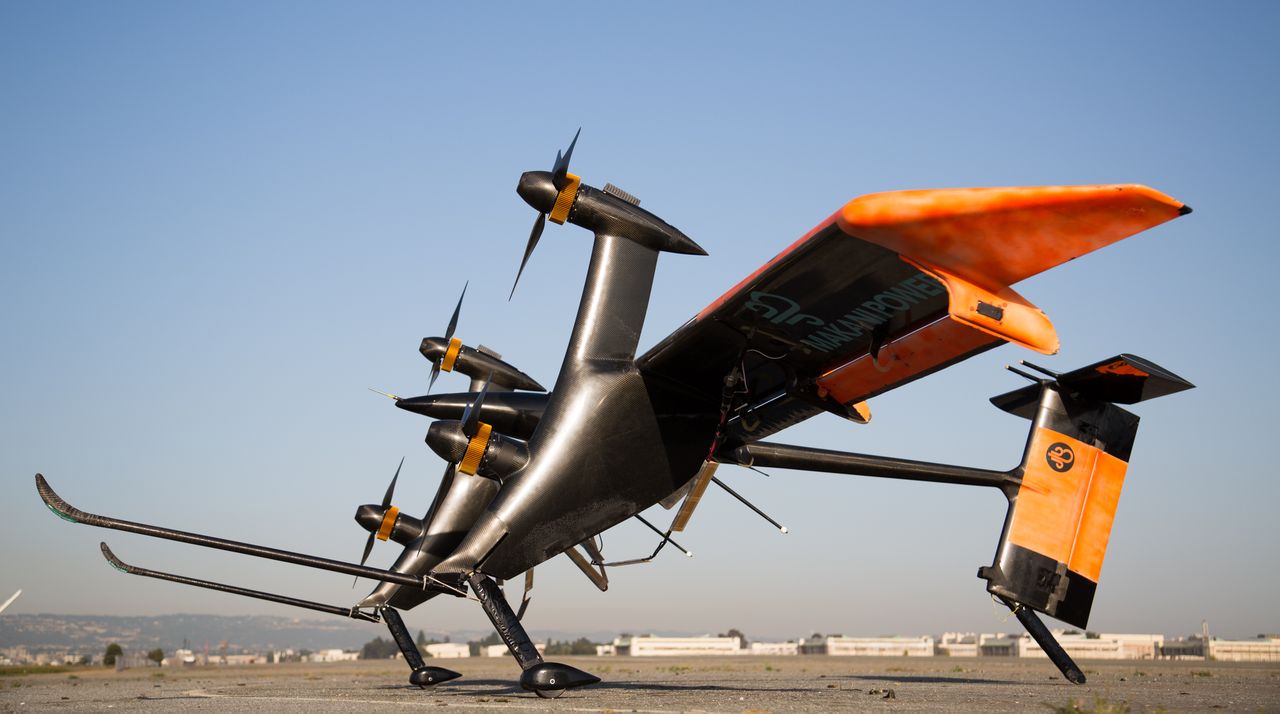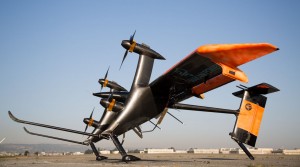
The Future of Flying Wind Turbines
In May, Google purchased a small start-up company, Makani Power, which specializes in flying wind turbines. Although still far off, flying wind turbines promise increased wind energy production by harnessing the strong winds in the sky. As interest grows in fossil fuel alternatives, more companies are expanding research into these new energy technologies.
Makani Power’s goal is to make wind energy cost-competitive with fossil fuels. The company’s Airborne Wind Turbine utilizes a tethered revolving kite that transmits power back down to the grid. The autonomous AWT resembles a glider and flies like a helicopter, using its on-wing turbines to create both electricity and thrust. These unmanned turbines are comparatively cheap to standard wind turbines and are deployable in wind-rich areas typically unavailable for traditional ground turbines.
Similarly, NASA engineer Mark Moore recently received the first federal grant of $100,000 to research airborne wind capturing platforms. His current design includes long nanotubes reaching up to 30,000 feet into the air that tether to the turbine vehicles and conduct harvested energy back down to the earth.

Makani Airborne Wind Turbine
Photo Credit: Makani Power
Placing wind turbines in the sky has many distinct advantages over terrestrial turbines. At 2,000 feet, there is two to three times more wind velocity than at ground level. The heightened velocity allows for eight to 27 times more power production than a typical grounded wind turbine. By raising the turbine into the jet stream at 30,000 feet, energy production moves from 500 watts per meter (at ground level) to 20,000-40,000 watts per meter. This 50-plus fold increase in wind density and velocity stability will signify great improvements in wind energy production and while lowering the cost.
While flying wind turbines may produce energy more efficiently, they face several challenges. Improved wind performance and fewer material cost will lower flying turbine production costs by up to 50% compared to offshore turbines (speculated to cost $243.2/kWh), but flying wind turbines still will be more expensive than fossil fuels like coal (speculated to cost $94.8/kWh).
Secondly, these turbines require a minimum 2-mile no-fly zone around them, which may disrupt local air traffic. This poses as a severe problem for flying wind energy. As a commodity, the turbines share airspace with large planes that cannot weave around every turbine and its protected zone.
Many small companies are working on lowering the cost of wind energy, and the federal government may be able to help with the sharing of airspace.
Recently the federal government announced the competitive lease for offshore wind energy on the Outer Continental Shelf, and the solution for floating wind turbines may be offshore as well. There is minimal demand for low altitude air space 12 miles offshore, so turbines would impact air traffic much less. Secondly, tethers for airborne wind turbines require minimal ground space and do not need huge and costly offshore platforms like other offshore wind turbines.
Research and development into renewable energies is essential for the United States moving forward. More and more private companies are becoming involved with renewable energy, and federal grants and leases are helpful in stimulating interest. Even though these technologies are years from completion, flying wind power could overcome some of the drawbacks of conventional wind power.





